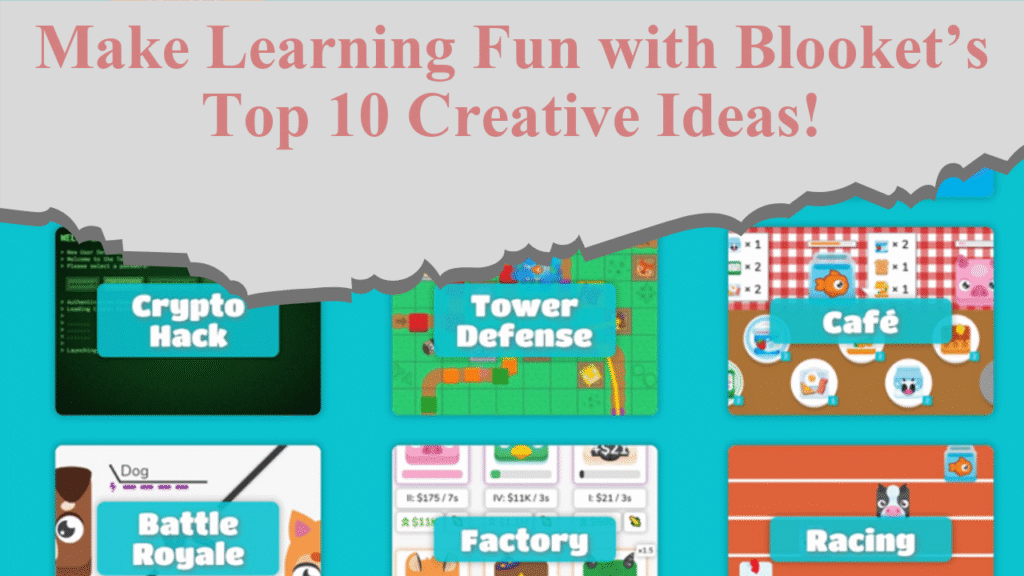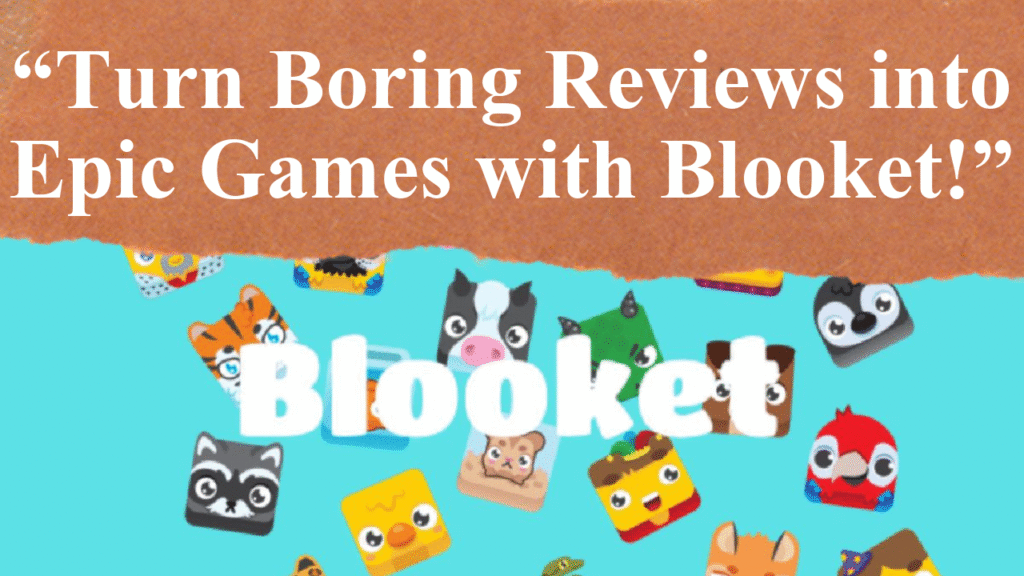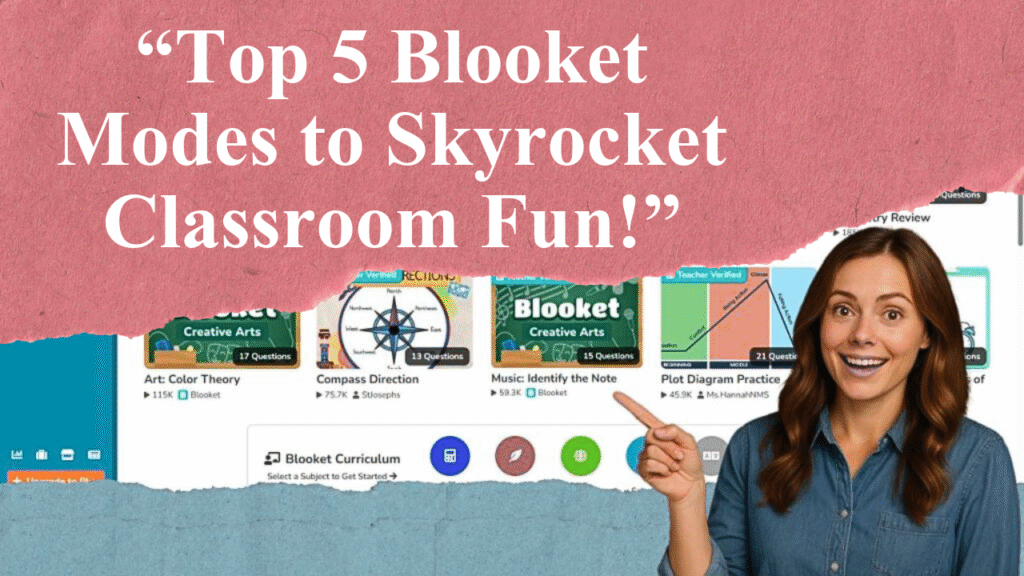“Blooket transforms vocabulary practice into engaging, game-based learning. This article explores creating custom question sets, selecting interactive game modes, and using real-time analytics to track student progress. It highlights strategies like incorporating visuals, assigning homework, and fostering collaboration to boost motivation and retention, making vocabulary learning fun and effective for students of all levels.”
Mastering Vocabulary with Blooket: A Guide for Educators
Blooket is a gamified learning platform that turns traditional vocabulary practice into an interactive, engaging experience. Its versatility makes it a powerful tool for educators aiming to enhance students’ word mastery across various subjects and grade levels. Here’s how to leverage Blooket for effective vocabulary practice, incorporating real-time data and proven strategies.
Creating Custom Vocabulary Sets
To start, teachers can create tailored question sets on Blooket’s platform. Navigate to the “Create” page, add a title (e.g., “Grade 8 English Vocabulary”), and include a brief description with the grade level and topic for easy discovery. Questions should be multiple-choice, focusing on definitions, synonyms, antonyms, or contextual usage. For example, a question might ask, “Which word means ‘to speak clearly’? A) Mumble B) Articulate C) Whisper D) Mutter,” with “Articulate” as the correct answer. Teachers can import existing lists from platforms like Quizlet or use Blooket’s “Discover” feature to adapt pre-made sets, saving time while ensuring relevance to lesson objectives.
Choosing Engaging Game Modes
Blooket offers diverse game modes to suit different learning styles and classroom dynamics. For vocabulary practice, modes like “Classic” (a quiz-style format with leaderboards) and “Gold Quest” (where correct answers earn virtual riches) are highly effective for fostering engagement. “Tower Defense” encourages strategic thinking as students answer questions to build defenses, while “Cafe” lets them run a virtual restaurant by mastering vocabulary. These modes incorporate gamification elements like points, badges, and leaderboards, which boost intrinsic motivation and make learning feel like play. For younger learners, “Fishing Frenzy” uses colorful visuals to maintain interest, while high school students might enjoy the competitive “Battle Royale.” Select modes based on your students’ age and preferences to maximize participation.
Incorporating Visuals and Context
To enhance retention, include images in question sets when possible. For instance, displaying a picture of a “volcano” alongside the word reinforces visual learning, especially for English Language Learners (ELLs). Blooket’s platform allows image uploads for questions, though not for answer choices in the free version. Contextual questions, such as using vocabulary in sentences from a class novel, deepen understanding. For example, a question for the word “ominous” might read, “In the story, the dark clouds were described as ominous. What does this mean?” This approach aligns with research showing that contextual learning improves vocabulary acquisition.
Using Real-Time Analytics for Progress Tracking
Blooket provides real-time data to monitor student performance, a key feature for effective vocabulary practice. After a game, teachers can access reports showing each student’s accuracy percentage and identify frequently missed questions. For example, if 70% of students miss a question about “metaphor,” the teacher can revisit the concept in the next lesson. The premium version ($40/year) offers detailed analytics, such as specific question performance, enabling targeted interventions. This data-driven approach ensures practice is tailored to students’ needs, addressing gaps and reinforcing strengths.
Assigning Homework for Independent Practice
Blooket’s homework feature allows teachers to assign games for students to complete at their own pace, extending learning beyond the classroom. To assign homework, select a question set, click “Host,” and choose “Assign Homework” with a preferred game mode. Students access the game via a link or code, practicing vocabulary while receiving instant feedback. This is particularly effective for reinforcing challenging words, as students can replay games to improve scores. For instance, a middle school teacher might assign a “Gold Quest” game on science vocabulary, encouraging students to master terms like “photosynthesis” through repeated play.
Fostering Collaboration and Competition
Blooket’s multiplayer modes promote teamwork and friendly competition, enhancing engagement. Teachers can set up team-based games where students collaborate to answer questions, fostering peer learning. For example, in “Team Mode,” students discuss answers before submitting, reinforcing vocabulary through dialogue. Alternatively, individual play with leaderboards motivates students to strive for accuracy and speed. To ensure inclusivity, disable “stealing” features in modes like “Crypto Hack” to focus on knowledge rather than luck, especially for students with slower processing speeds.
Adapting for Diverse Learners
Blooket’s flexibility makes it ideal for diverse classrooms. For students with special needs or slower processing speeds, choose non-timed modes like “Classic” to reduce pressure. For advanced learners, incorporate complex vocabulary or higher-order thinking questions, such as analyzing word usage in literature. Research from a 2024 study showed Blooket significantly improved vocabulary mastery among Iranian EFL learners compared to traditional methods, reducing anxiety and increasing motivation. This adaptability ensures all students benefit from engaging practice.
Overcoming Limitations
While Blooket is highly effective, it has limitations. The free version restricts games to 60 participants and lacks audio/video integration, which could enhance pronunciation practice. Internet connectivity and device performance can also affect gameplay, so ensure students have reliable access. Teachers can mitigate these by testing games beforehand and using school devices when possible. Despite these constraints, Blooket’s benefits—engagement, customization, and real-time feedback—make it a valuable tool for vocabulary practice.
Maximizing Engagement with Rewards
To boost motivation, set class goals based on accuracy rather than leaderboard rankings. For example, reward the class with a fun activity if 80% of students achieve 90% accuracy on a vocabulary game. This approach, supported by teacher testimonials, encourages effort without overemphasizing speed, ensuring slower learners remain motivated. Additionally, allowing students to create their own question sets for peers fosters ownership and deepens understanding, as they must research and craft accurate questions.
Disclaimer: This article is based on educational tips and insights from web sources, including teacher reviews, research studies, and Blooket’s official resources. Information reflects current trends and practices as of July 2025. Always verify platform features and compatibility with your classroom needs before implementation.




